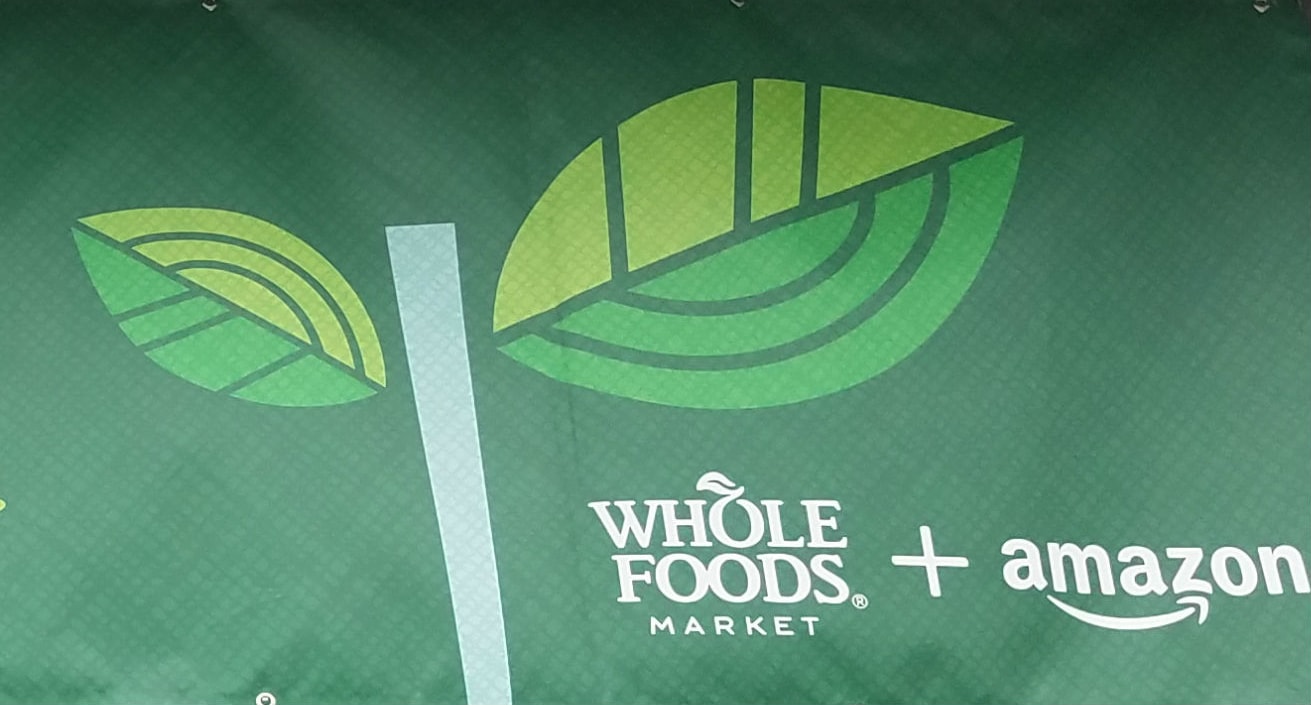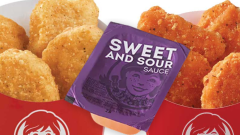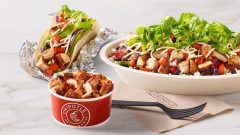Amazon Actually Increased Some Prices To Make Their Whole Foods Discounts Happen

After Amazon took over Whole Foods, one of their first moves was to discount a lot of the popular items in stores. We saw the dollars drop off of popular items like avocado, kale, milk, eggs, salmon, and steaks. While it definitely brought a lot more customers into Whole Foods and helped boost sales, there’s more to how those price cuts went down than meets the eye.

Photo: Foodbeast/Constantine Spyrou
Research firm Gordon Haskett conducted an analysis of Whole Foods that found that Amazon actually increased prices on several items while their discounts have been happening. Between August 28th and September 26th, frozen food prices went up seven percent while snack foods went up five percent. Of the over 100 items surveyed by Gordon Haskett, about as many saw a jump up in prices (16) as the number of those discounted (17).
While Gordon Haskett didn’t analyze the entire store for total discounts (our own research saw at least 40 items with price cuts), it displays a pattern that reveals how Amazon was able to discount so many of these more popular items. Unfortunately, this model of swapping between discounts and markups isn’t just something that happens at Whole Foods, its prevalent across the entire grocery industry.
Supermarket analyst David J. Livingston told the Washington Post that everybody low-key marks up certain prices while discounts get marketed that customers take advantage of. “The over change is nil. Just like when a grocer claims to have lowered 5,000 prices. What they don’t tell you is they raised prices on 45,000 items to pay for it.”
The discounts that Amazon rolled out definitely helped business boom at Whole Foods. The Post also reports that Whole Foods foot traffic has gone up by as much as 25 percent while sales increased by $1.6 million thanks to Amazon.com purchases.
However, Amazon’s claim of bringing lower prices to their new grocery business still stands. Overall, Gordon Haskett found that Whole Foods’ prices dropped 1.2 percent over the analyzed time period. Whole Foods does have prices that are about 15 percent higher than the average grocery store, according to Morgan Stanley. Thus, they still have plenty of catching up to do to meet the price points of their competitors.






















